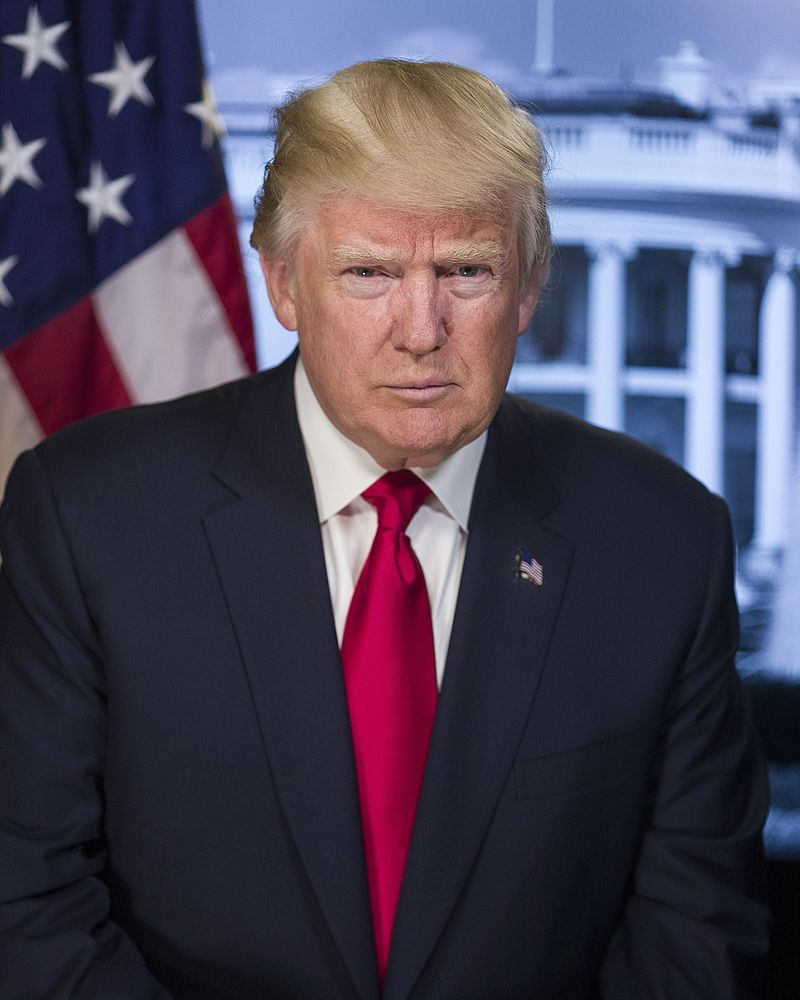The U.S. government could soon stop using AI tools it considers politically biased, and tech companies might have to adapt to a new method of how they train their models. U.S. President Donald Trump has signed three new executive orders aimed at changing how artificial intelligence (AI) is built, used, and exported in the United States. This move is part of a broader national strategy to keep America ahead in the global AI race, while also reshaping what the government expects from AI systems.
What Are the New Orders About?
There are three main goals behind Trump’s new plan:
- AI Used by Government Must Be “Politically Neutral”
Trump wants AI systems used by federal agencies to avoid what he calls “political bias.”
This means if you’re building an AI chatbot or tool and want to sell it to the U.S. government, it must stay away from topics or responses that lean too far into political or cultural debates, especially around things like race, gender, or sexuality.
- Speed Up AI Infrastructure (Like Data Centers)
Building the massive computing power needed to train AI takes time, energy, and permits.
Trump’s order pushes for faster approvals for AI data centers, even if that means skipping some environmental or diversity related reviews. - Promote American AI Globally
The U.S. wants to remain a top player in AI. So the orders also support making it easier for American AI products and infrastructure to be sold to other countries, especially allies. This could mean fewer restrictions and quicker exports.
Why This Matters for Tech Companies
This could be a big deal for companies like OpenAI, Google, Amazon, and Microsoft, who all build AI tools and often work with the government.
- If they want those contracts, they may need to adjust how their AI models behave, removing certain responses or avoiding sensitive topics.
- There’s a chance they will need to review their training data to make sure it doesn’t trigger what is now considered “bias” by federal standards.
- And with less red tape, it could become easier to expand data centers or ship AI tools abroad.
Some in the tech world see this as a chance to move faster and win more deals. Others are more cautious about the impact on fairness, accuracy, and long-term trust in AI systems. “This is a big step toward ensuring American leadership in AI,” a Trump advisor said.
Related: U.S. Plans To Export AI Chips Again, But Not To China.
What Supporters Are Saying
- They believe this plan will prevent AI from reflecting only one side of political or cultural issues.
- It’s also seen as a way to cut delays in building powerful AI systems and keep up with global rivals like China.
- Some investors and tech executives are excited about the possibility of less regulation and more growth.
What Critics Are Saying
- Environmental groups warn that skipping reviews could harm local ecosystems, especially with energy-hungry data centers.
- Civil rights advocates worry that trying to “remove bias” might silence important conversations around race, gender, or inequality.
- AI experts say it’s extremely difficult to define true neutrality, and removing too much context could make AI less useful or accurate.
So, What Happens Next?
- Federal agencies may start checking AI tools more carefully for anything that looks politically one-sided.
- Tech companies could reshape their training and filtering methods to meet new standards.
- If enforced, this could set the tone for how AI is built not just in the U.S., but globally.
Whether you see this as protecting neutrality or limiting expression, the fact is: AI is now in the middle of a bigger cultural and political conversation.







